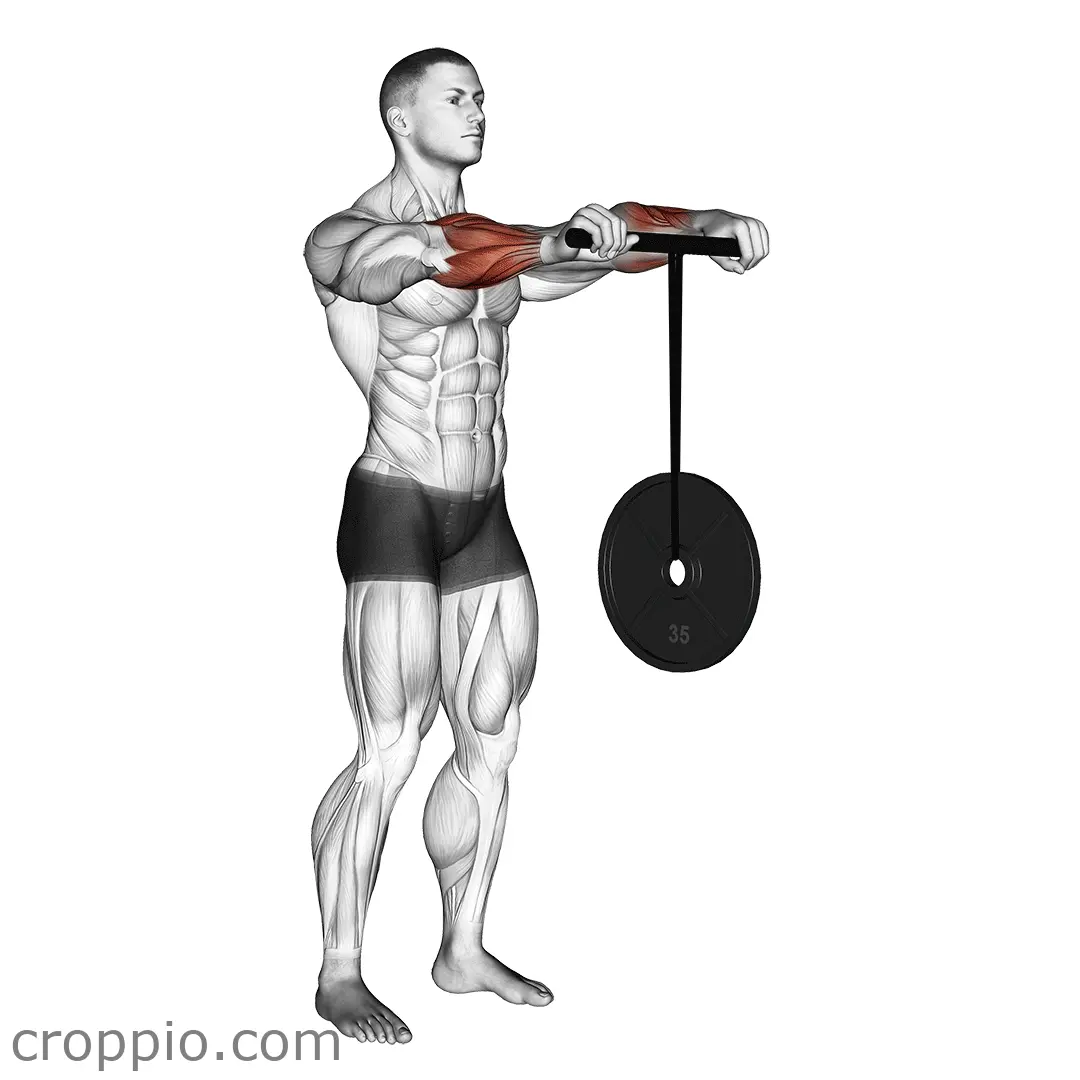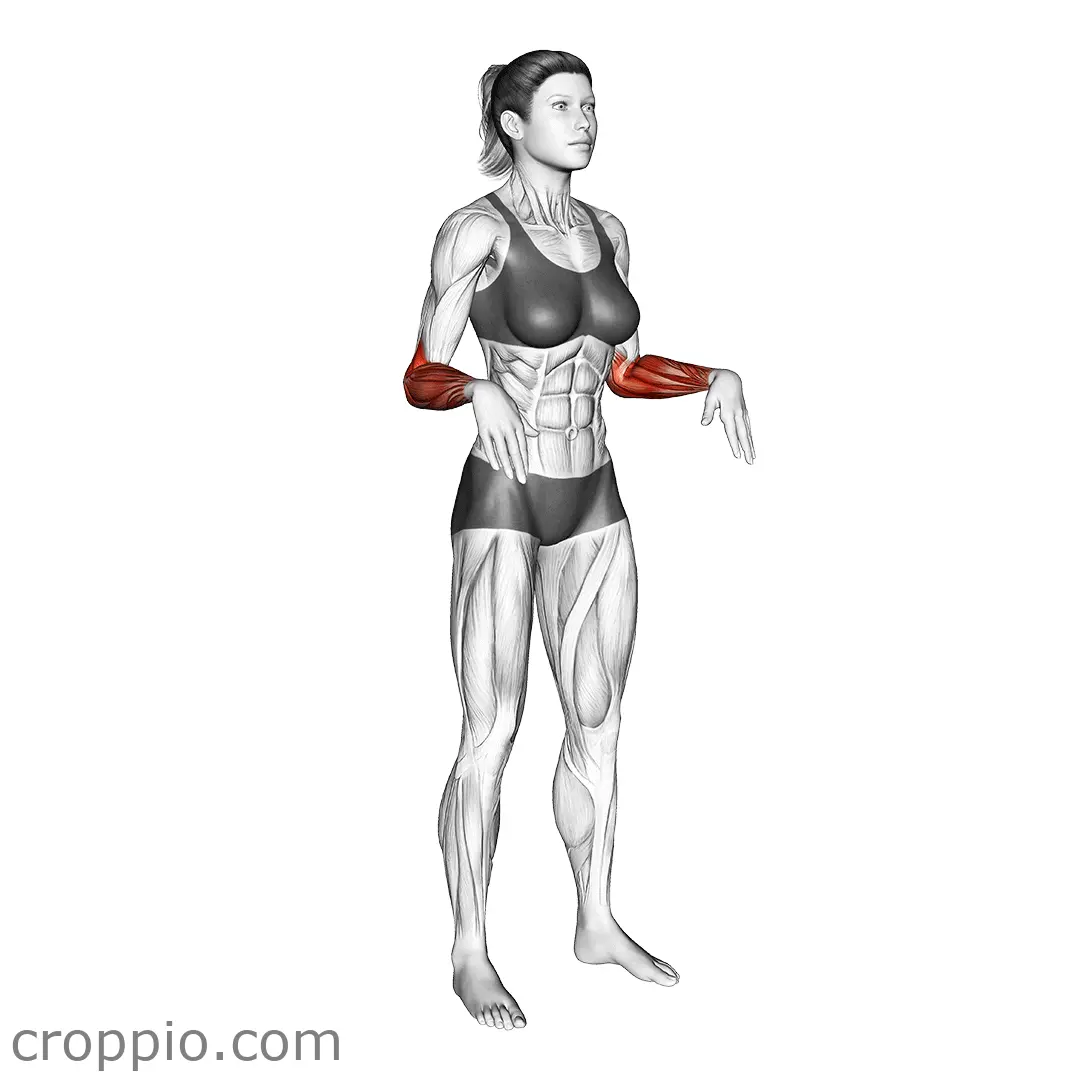Barbell Reverse Curl

Muscles Involved
The barbell reverse curl primarily targets the brachioradialis, which is one of the main muscles of the forearm. This exercise also effectively engages the biceps brachii and brachialis, making it a compound movement that strengthens the entire upper arm. Secondary muscles involved include the wrist extensors and the deltoids, which help stabilize the shoulder joint during the lift. This combination of muscle engagement not only builds arm strength but also contributes to increased grip strength and forearm development.
Top Mistakes
- Excessive Weight: Lifting weights that are too heavy can lead to poor form and increase the risk of injury.
- Wrist Position: Allowing the wrists to bend excessively can place undue stress on them, leading to discomfort or injury.
- Swinging the Body: Using momentum rather than controlled movement reduces the effectiveness of the exercise.
- Elbow Position: Flaring the elbows outwards can diminish the isolation of the targeted muscles.
Execution Tips
- Grip: Hold the barbell with an overhand grip, ensuring your hands are positioned shoulder-width apart.
- Positioning: Stand upright with your feet shoulder-width apart and keep your elbows close to your body throughout the movement.
- Movement: Slowly curl the barbell upwards while keeping your wrists straight and your elbows at your sides. Focus on using your forearms and biceps to lift the weight.
- Lowering: After reaching the top of the movement, lower the weight back down in a controlled manner to maximize muscle engagement.
Workouts
The barbell reverse curl can be included in an upper body workout routine to enhance arm strength. A recommended rep scheme is 3-4 sets of 8-12 repetitions. Pair it with other compound exercises such as barbell curls for biceps, tricep dips for a balanced arm workout, or rows to engage the upper back. Additionally, consider performing this exercise during a "forearm day" or as part of a push/pull/legs split for comprehensive muscle development.
Conclusion
Incorporating the barbell reverse curl into your fitness routine offers substantial benefits, including improved arm strength, better grip endurance, and enhanced muscle definition in the forearms. By focusing on proper execution and avoiding common mistakes, this exercise can become a cornerstone of your strength training repertoire, contributing to overall upper body power and aesthetics.



